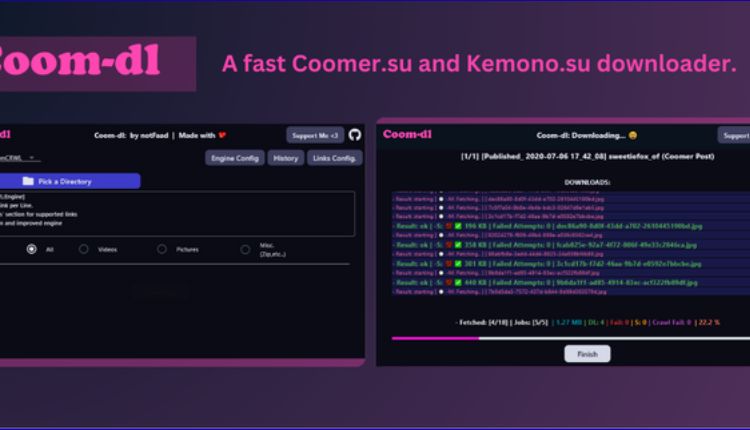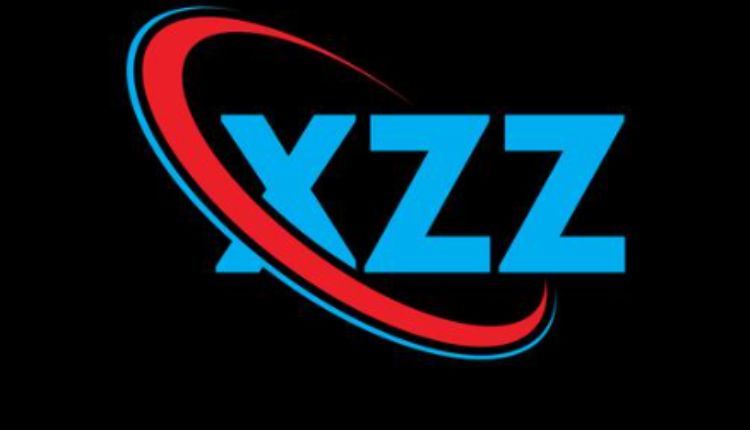It is widely known for its ability to offer admission to paywalled or deleted posts, typically targeted at digital art, comics, and person-themed works. This content is commonly uploaded with the aid of nameless users, regularly for preservation or protest functions, drawing both reward and criticism from unique groups, Kemono Down.
Kemono has come to be specifically popular among fans of furry, anime, and other areas of interest in virtual art genres. Its user interface, trustworthy functionality, and wide array of content have helped it carve a completely unique identity inside the digital archiving space. However, the platform’s recognition has additionally made it a target for takedown attempts and technical disruptions. These troubles have contributed to the upward push of the term “Kemono Down”, relating to moments when the platform will become inaccessible.
- What Does “Kemono Down” Mean?
- Common Causes Behind Kemono Downtime
- The Impact of Kemono Downtime on Users
- Community Reaction to Kemono Downtime
- How Kemono Recovers from Downtime
- Ethical Concerns Surrounding Kemono
- Alternatives to Kemono During Outages
- Legal and Technical Measures Affecting Access
- The Future of Kemono and Its Resilience
- Conclusion
What Does “Kemono Down” Mean?
When customers say “Kemono Down,” they’re commonly referring to a situation where the Kemono website is unreachable due to server problems, area blocks, or different technical troubles. During such times, users encounter error messages, long loading instances, or failed connections while trying to access the website.
These outages can last anywhere from a few minutes to numerous hours or even days, depending on the character and severity of the trouble. The term has ended up so not unusual that many boards, such as Reddit and 4chan, regularly light up with involved posts while Kemono studies any downtime.
Common Causes Behind Kemono Downtime
There are numerous reasons why Kemono may fit down. One principal purpose is to overwhelm web traffic. Because the web page contains a large amount of multimedia content, it regularly attracts lots of users simultaneously. When traffic spikes—particularly after a primary author’s content Kemono Down material is uploaded—the servers can become overloaded.
Another commonplace reason is Distributed Denial of Service (DDoS) attacks. These assaults purpose to flood a server with requests, correctly crashing it. Given the controversial nature of Kemono’s existence, it isn’t uncommon for the platform to be targeted by groups or people trying to close it down.
Legal takedowns and area suspensions are also substantial threats. Since Kemono hosts copyrighted and paywalled content without the creators’ consent, it’s often under scrutiny with the aid of content creators and criminal entities. While the platform typically moves between domain names to avoid long-term blocks, criminal interventions can nonetheless cause transient outages.
The Impact of Kemono Downtime on Users
For customers who rely upon Kemono to get admission to distinct content, downtime may be frustrating. Many customers visit the site to archive or reference posts that could no longer be found somewhere else. When the platform is down, customers lose an essential resource, which could disrupt their innovative processes or amusement exercises.
Moreover, artists and researchers who rely on Kemono for comparative research or content evaluation also experience setbacks during downtimes. These interruptions limit their ability to view archives, tune adjustments in creative work, or observe traits in fan-driven communities.
Community Reaction to Kemono Downtime
The online community surrounding Kemono is notably lively. When the site goes Kemono Down, customers regularly flock to social media structures, boards, and Discord channels to verify the outage and speculate about the reasons. Some customers publish memes or jokes to lighten the mood, even as others share technical diagnostics, which include server ping consequences or area lookups, to keep everybody informed.
This feeling of network creates a support network throughout downtimes. Users often endorse replicated websites, VPNs, or archive options like Yiff. Birthday party or comparable systems to preserve get admission to. In a few cases, builders related to Kemono even publish updates on public forums, detailing when the provider may resume.
How Kemono Recovers from Downtime
Kemono Down development team has implemented several techniques to ensure recovery after outages. One of the best is the usage of a couple of mirror domain names. When one domain is taken down, customers are redirected to a backup deal. This tactic facilitates preserving continuity even under criminal or cyber stress.
Another key method is upgrading the server infrastructure. When ordinary traffic spikes cause crashes, the team works to optimise the server’s overall performance and cargo balancing. Although such improvements require time and resources, they assist in improving the platform’s long-term stability.
Additionally, normal database backups make certain that content is preserved even if the platform goes offline. This minimizes statistics loss and ensures that customers can still get right of entry to their preferred archives as soon as the platform is back online.
Ethical Concerns Surrounding Kemono
Kemono Down nature brings approximately numerous ethical debates. While many see it as a form of digital upkeep, others criticise it for violating the rights of creators. The unauthorised distribution of paid content undermines the business of many independent artists and reduces their income.
When the platform goes down, a few creators view it as an effective improvement, seeing it as a transient halt to content material robbery. On the other hand, supporters of the platform argue that Kemono serves as a response to the growing prices of digital content and paywall saturation. This ongoing debate further complicates the public’s notion of Kemono and its periodic downtimes.
Alternatives to Kemono During Outages
When Kemono is down, users regularly flip to options. Websites together with Coomer. Birthday celebration, Yiff. Birthday celebration (archived) and various photo forums provide comparable functionalities. However, these options vary in terms of content scope, consumer interface, and felony danger.
Some customers additionally depend on decentralised document-sharing platforms or Discord channels to discover the content they may be searching for. These options generally come with their own set of challenges, which include restrained search capabilities and slower content transport. Despite those boundaries, they serve as transient substitutes throughout Kemono’s downtime.
Legal and Technical Measures Affecting Access
Internet service vendors (ISPs) in positive areas can also block getting right of entry to Kemono as part of compliance with copyright guidelines. In such cases, users might also see “website online now not to be had” messages that are unrelated to the server’s actual status. VPNs are typically used to bypass these blocks; however, the use of them can occasionally cause extra complications, which include slower loading instances or captcha challenges.
The platform additionally faces area seizures and felony notices, especially from U.S.-based copyright safety organisations. These criminal moves make contributions to prolonged periods of downtime, as the crew at the back of Kemono have to both repair or rebuild parts of the platform to keep it operational.
The Future of Kemono and Its Resilience
Kemono’s routine downtime serves as a mirrored image of its precarious function inside the online ecosystem. While it remains an effective device for getting entry to, it is constantly susceptible to criminal, technical, and financial setbacks. Despite this, the platform has shown terrific resilience.
The creators and maintainers of Kemono retain the ability to evolve, shifting infrastructure, rotating domain names, and engaging with the person network to make sure that get admission to stays viable. As virtual copyright legal guidelines evolve and the net’s structure changes, Kemono’s future stays uncertain, yet undeniably influential.
Conclusion
The phrase “Kemono Down” has become more than only a technical alert—it symbolises the tensions between free access to digital content and the rights of content material creators. While downtime disrupts the person enjoyment, it additionally opens up vital conversations about digital archiving, ethics, and access. Whether one sees Kemono as a preservation platform or a debatable piracy hub, its preserved presence and occasional outages form the way digital art and fan content material are consumed, shared, and valued inside the modern net age.




